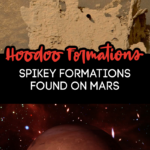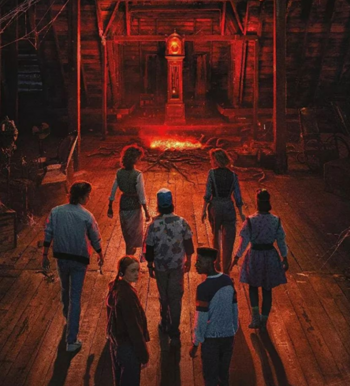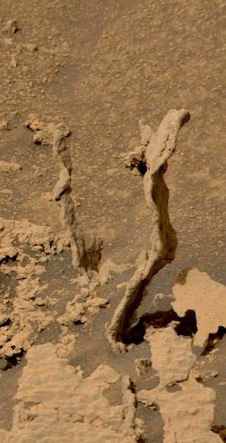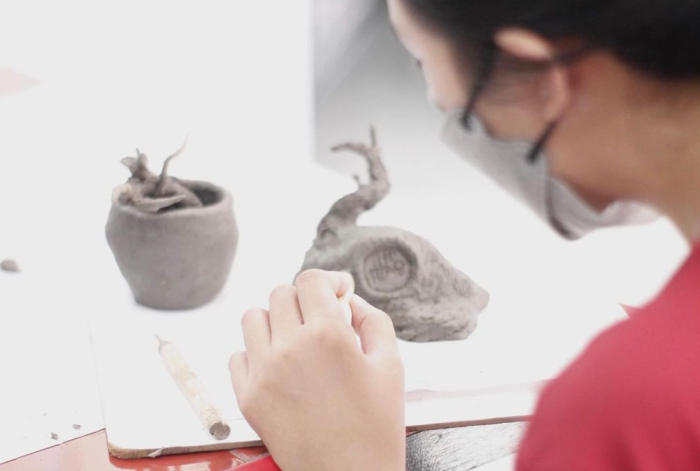The Mars Rover Has Captured Pictures Of Spiky Formations On Mars and They Are Wicked Cool
More cool sightings have been spotted on Mars, and it’s just one more piece of the puzzle to understanding the history of the Red Planet.
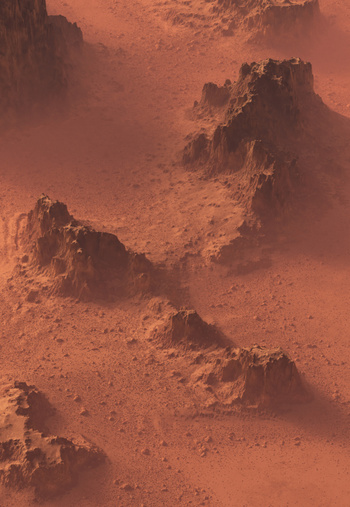
The Curiosity rover has been scooting around Mars, exploring and finding new and exciting formations on the surface of the barren planet.
NASA’s Curiosity rover has been in the Gale Crater on Mars since November 2011.
NDTV
The latest spiky shapes that the rover captured on its camera look like something that might have come straight out of the Upside Down.
Sorry, I’ve been binge watching Stranger Things, and everything reminds me of the Upside Down right now. LOL!!
You have to admit, though, these strange twisty structures are hella cool.
Here is another cool rock at Gale crater on Mars! The spikes are most likely the cemented fillings of ancient fractures in a sedimentary rock. The rest of the rock was made of softer material and was eroded away.
@SETIInstitute
How Tall Are The Formations On Mars?
I would be really interested to know exactly how tall these formations are that reach up out of the Gale crater.
Like, are they huge, growing like redwoods out of the surface of the planet?

Are these structures simply a few feet tall, looking like cool sculptures inside the crater?
According to IFLScience, Mars has a super thin atmosphere — “over 100 times thinner than Earth’s.”

This thin atmosphere, coupled with its crazy strong winds, dust storms, and “ancient water” have caused wicked cool formations due to the erosion on the planet.
We see erosion like this on earth as well.
Hoodoos are called by many names, such as fairy chimneys, earth pyramids and tent rocks. They are found in Utah’s Bryce Canyon, the Colorado Plateau or the Tokushima Prefecture in Japan.
NDTV

The Hoodoos in Bryce Canyon are anywhere from 5 feet tall to a crazy 150 feet high, so these give us some idea about the Hoodoos found on Mars.
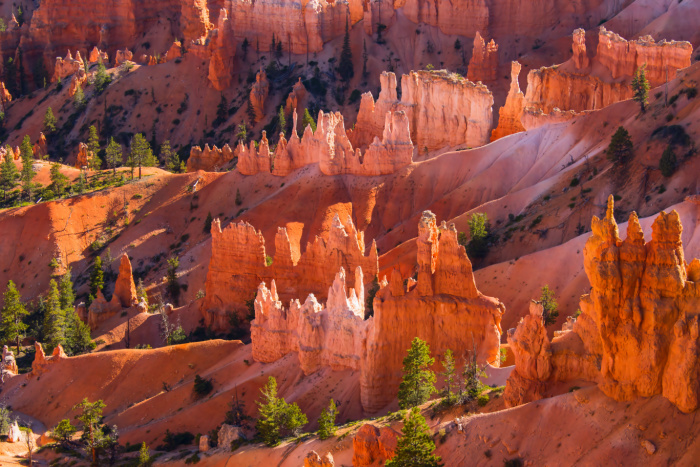
Hoodoos form over millions of years of erosion in areas where a thick layer of soft rock is covered by a thin layer of hard rock.
Live Science
By studying these formations, NASA is hoping to find out more information about the history of the Gale crater.

